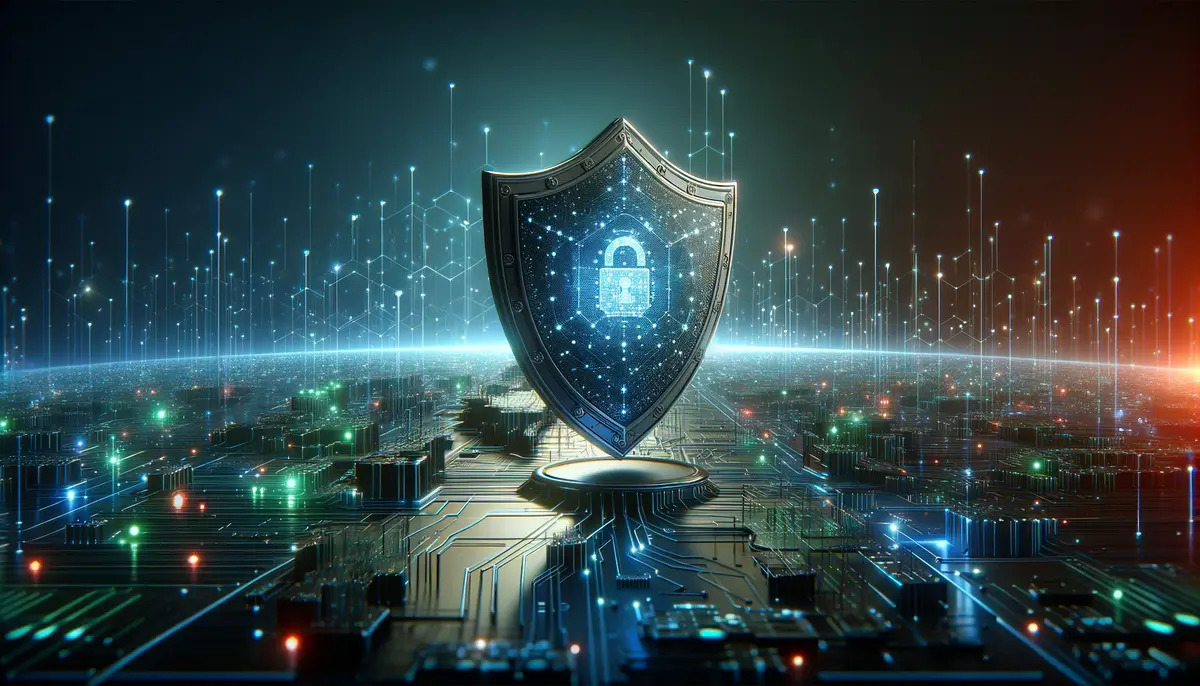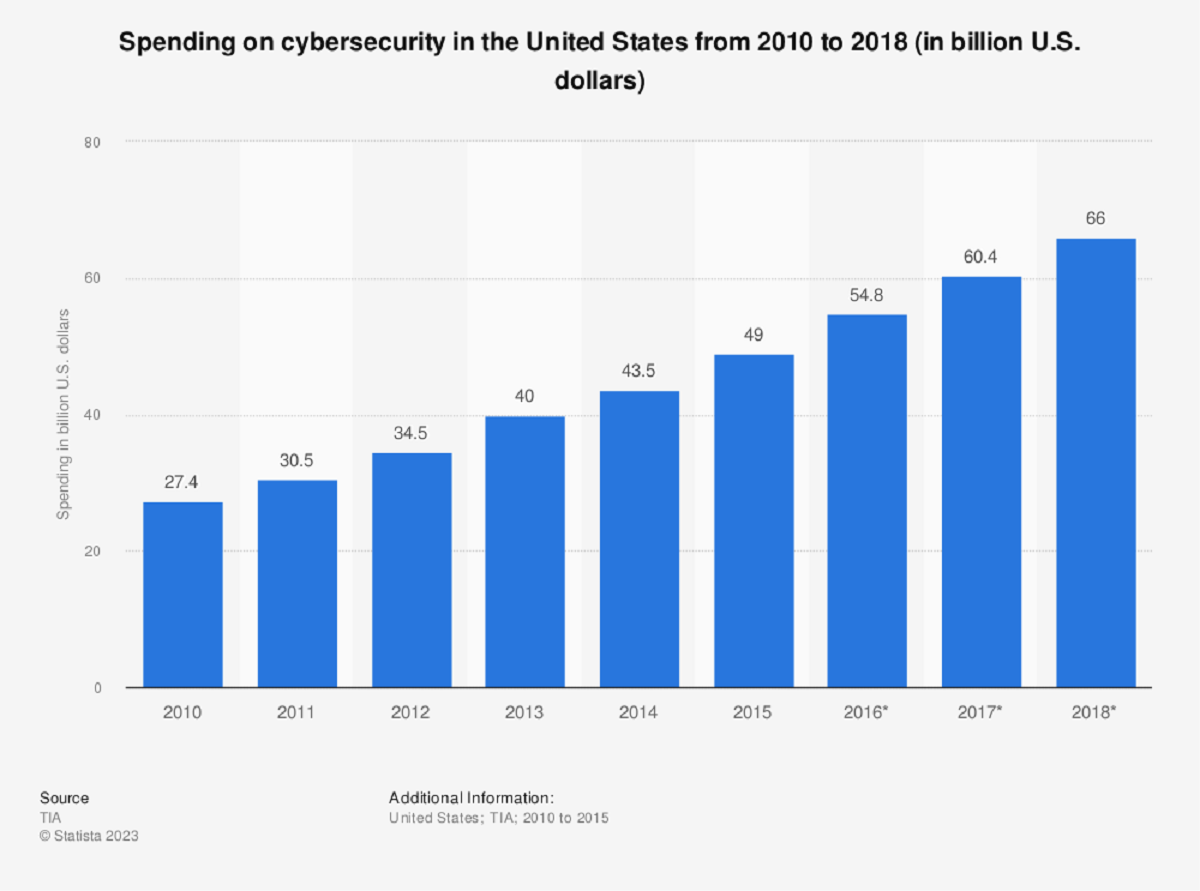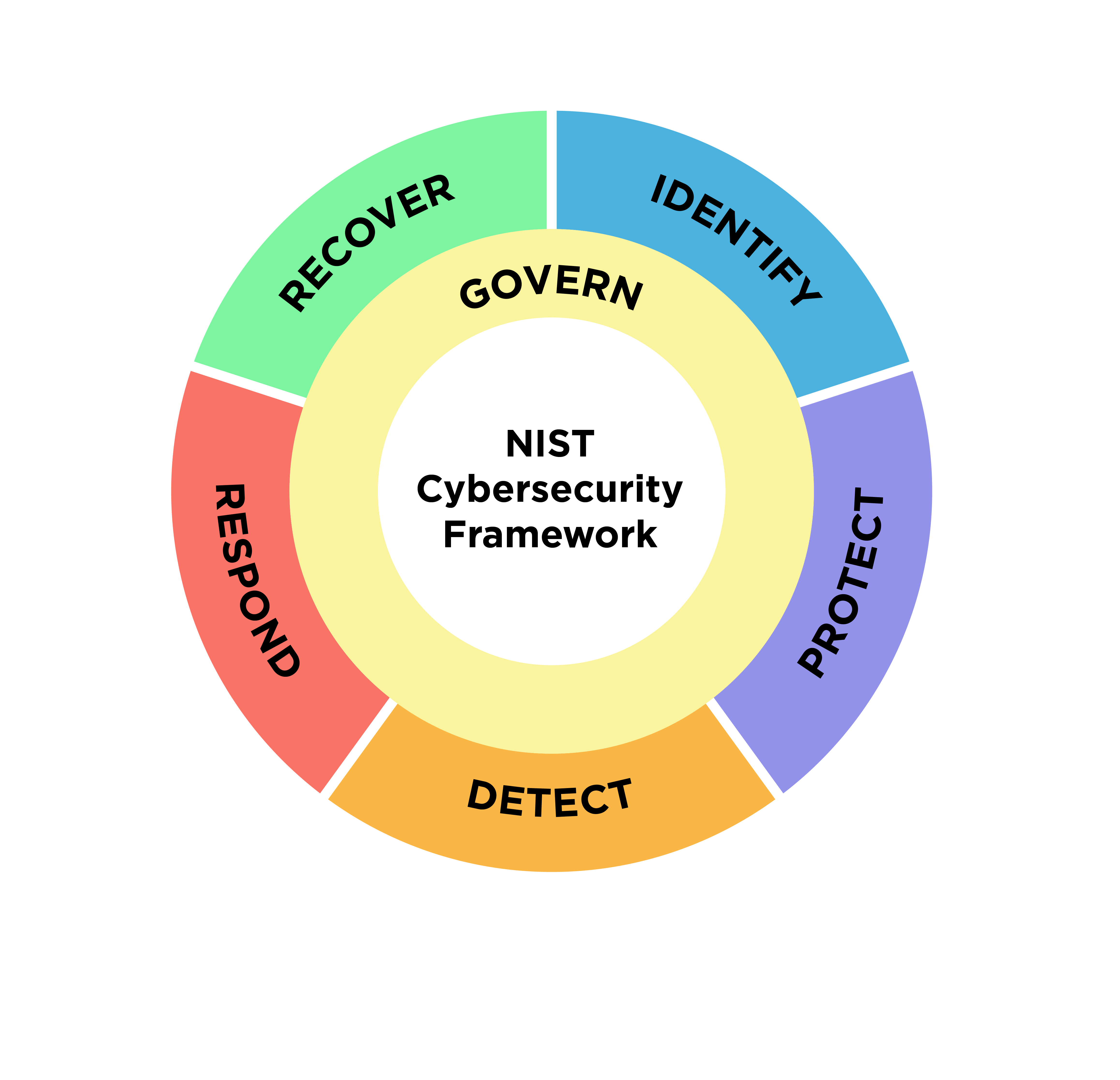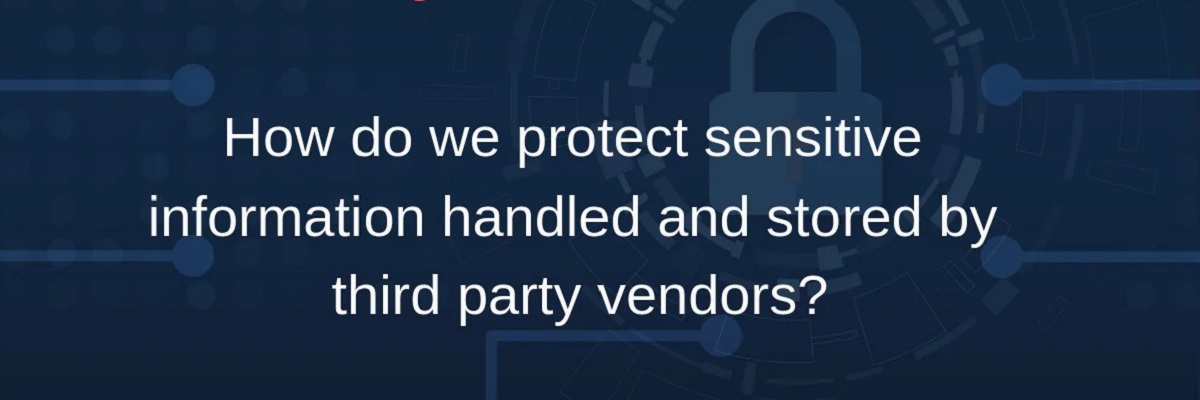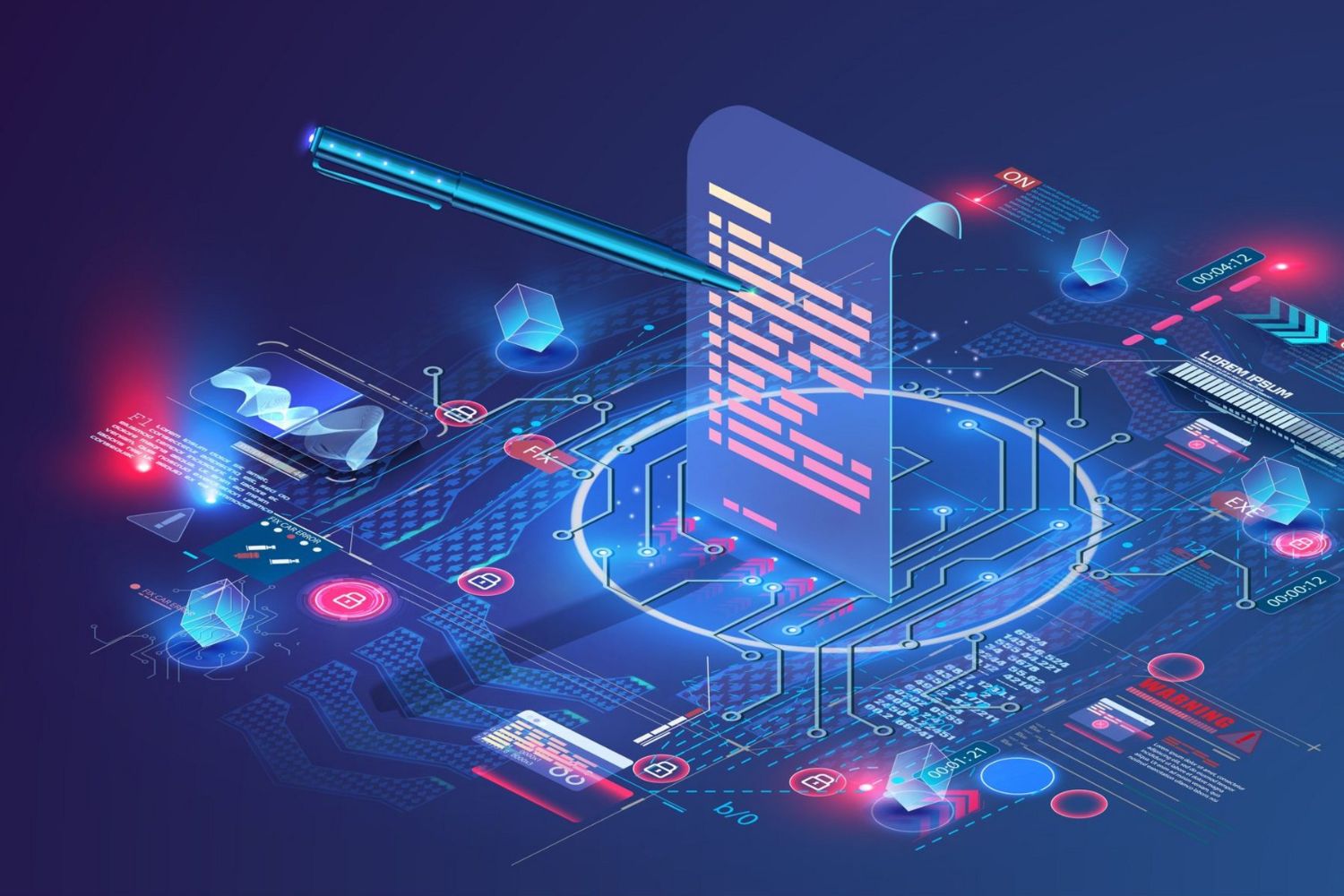The integration of Artificial Intelligence (AI) in cybersecurity is more than a trend; it’s a critical evolution. As cyber threats grow more sophisticated, the traditional methods of guarding digital assets and information are being outpaced. AI steps in as a formidable ally, offering swift, intelligent, and increasingly autonomous solutions. However, this integration is not without its complexities. AI in cybersecurity is a nuanced field where strengths are balanced with inherent challenges. This article aims to dissect these layers, providing a deep dive into AI’s revolutionary role, its limitations, strategic applications, and future prospects in cybersecurity.
AI in Cybersecurity: A New Frontier
The introduction of AI into cybersecurity marks a paradigm shift in how we approach digital threats. AI’s capability to learn and adapt offers a dynamic defense mechanism against cyber attacks. It processes vast amounts of data at an unprecedented speed, identifying patterns and anomalies that could signify potential security breaches. This includes detecting phishing attempts, identifying malware through behavior rather than signatures, and even predicting potential attack vectors based on current trends. In this landscape, dedicated IP VPN has become increasingly important. VPNs not only provide anonymity and data encryption but also serve as an additional layer of defense against cyber threats, making them an essential tool for safeguarding your online presence.
AI’s ability to automate responses to threats is another cornerstone of its utility. It can implement quick protective measures, like isolating affected systems or updating firewalls in real-time, reducing the window of vulnerability. However, the real power of AI lies in its continuous learning; it evolves with each interaction, becoming more adept at recognizing and responding to new threats. This ongoing adaptation is vital in an era where cyber threats constantly evolve.
Navigating the Challenges: AI’s Limitations
Despite its strengths, AI in cybersecurity is not a silver bullet. One of its significant limitations is the risk of false positives. AI systems, while sophisticated, can sometimes misinterpret benign activities as threats, leading to unnecessary alarms and potentially diverting attention from real issues. This challenge underscores the need for a balanced approach where AI complements, rather than replaces, human oversight.
Another concern is the skills gap. The complexity of AI systems requires a workforce that is not only tech-savvy but also well-versed in AI technologies. This need for specialized knowledge can pose a hurdle, particularly for smaller organizations or those with limited resources.
The financial implications of implementing AI in cybersecurity cannot be overlooked. The costs associated with developing, integrating, and maintaining AI systems can be significant. Moreover, there’s a looming threat of AI being used maliciously. The same tools used for protecting digital infrastructures can be co-opted by cybercriminals, leading to an arms race between defenders and attackers.
Strategic Application: Maximizing AI’s Benefits
To effectively harness AI’s potential in cybersecurity and enhance their own protection, cybersecurity professionals should adopt a strategic approach. Here are some practical steps and examples of how they can safeguard themselves and their organizations:
- Integrate AI-Driven Analytics Tools: Incorporate AI-powered security analytics platforms that can process and interpret vast amounts of security data in real time. For instance, deploying an SIEM (Security Information and Event Management) system enhanced by AI can help professionals detect unusual patterns and potential threats quickly.
- Implement AI-Based Threat Detection: Use AI-driven threat detection systems that continuously monitor network traffic. For example, Intrusion Detection Systems (IDS) powered by AI algorithms can identify suspicious activities and provide early warnings, allowing professionals to respond promptly.
- Leverage AI-Driven Incident Response: Implement AI-driven incident response solutions that can automate certain tasks during a security incident. For instance, AI can assist in isolating affected systems, collecting forensic evidence, and initiating remediation actions while the incident response team focuses on analysis and decision-making.
- Stay Updated with AI Advancements: Cybersecurity professionals should remain up-to-date with the latest AI advancements in cybersecurity. Regularly attend training sessions and workshops on AI in cybersecurity to acquire practical skills. Organizations can also encourage employees to earn ISACA certifications in AI security.
- Collaborate with AI Experts: Foster collaboration between cybersecurity professionals and AI experts within the organization. This can lead to more effective AI-driven security solutions tailored to the organization’s specific needs.
- Simulate AI-Based Attacks: Conduct tabletop exercises or simulations of AI-based cyberattacks to improve preparedness. Understanding how AI can be used by malicious actors helps professionals develop countermeasures.
- Evaluate AI Security Tools: Continuously assess the effectiveness of AI-driven security tools and fine-tune them as necessary. Regular audits and penetration testing can identify vulnerabilities and ensure that AI systems are operating optimally.
Future-Proofing Cybersecurity with AI
The future of AI in cybersecurity is not just promising; it’s rapidly evolving. We are likely to see further advancements in machine learning algorithms, making AI systems even more efficient at predicting and mitigating cyber threats. The integration of AI with other emerging technologies like blockchain and quantum computing could also redefine the landscape of cybersecurity.
However, with these advancements comes the need for vigilance. As AI systems become more sophisticated, so do the methods used by cyber attackers. The future of cybersecurity will likely be characterized by this ongoing battle between attack and defense technologies.
Final Word
In summary, AI’s role in cybersecurity represents a significant leap forward in our ability to protect digital infrastructures. Its strengths, notably in threat detection and response, are game-changers. However, it’s vital to recognize and address the challenges that come with it, including the risk of false positives, the skills gap, and the potential for malicious use. By adopting a strategic approach and continuously adapting to new developments, we can maximize the benefits of AI in cybersecurity and stay one step ahead in the digital arms race.







